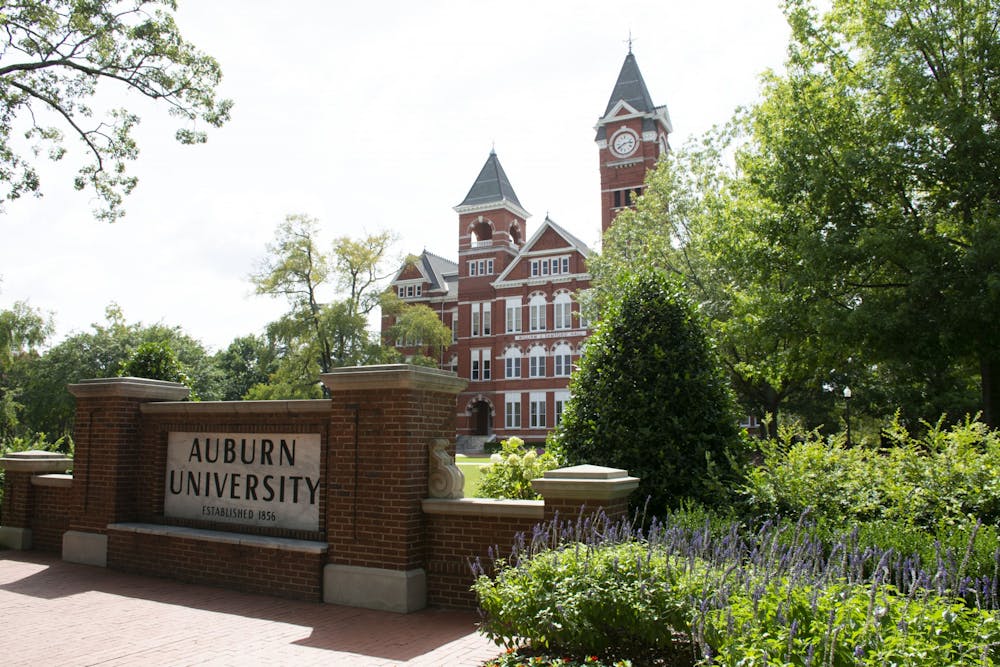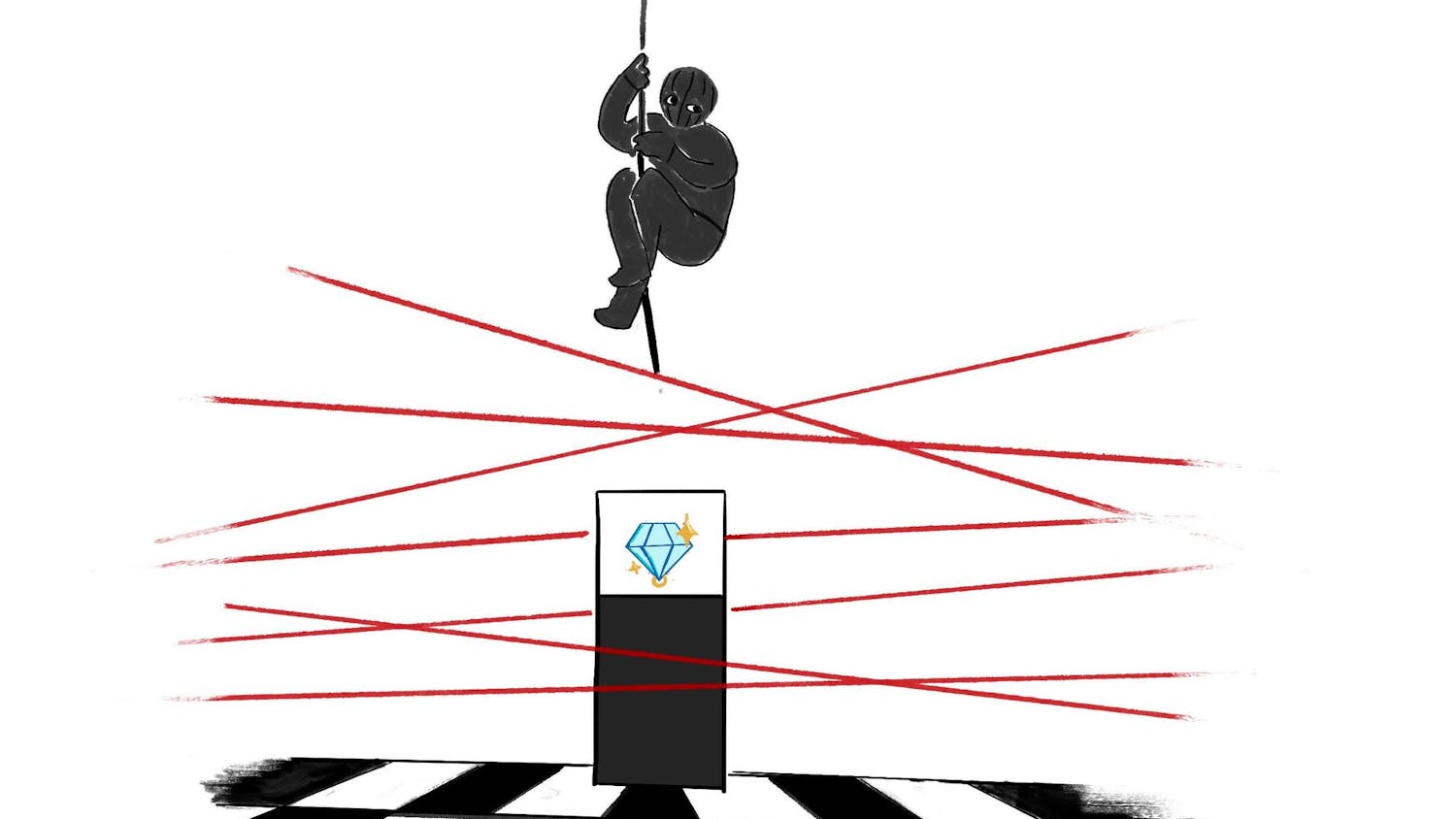As Auburn University looks to enter another hybrid semester of increased in-person classes with continued online classes, faculty members had questions for University President Jay Gogue and Provost Bill Hardgrave during a special meeting of faculty on Tuesday afternoon. Though the meeting was focused on a vote of no confidence in Hardgrave, attendees were granted a Q&A segment to ask about the spring 2021 semester before discussion on the vote.
Elena Aydarova, assistant professor of educational psychology, asked how the University is responding to increased hospitalizations at East Alabama Medical Center. She noted the Auburn Police Division has stated it will enforce Gov. Kay Ivey’s Safer at Home order.
“We have only received information about the first two weeks being remote, and I’m just curious about what is being done to address the situation,” Aydarova said.
Aydarova also referenced a recent Centers for Disease Control and Prevention study linking increases in COVID-19 cases with higher education institutions that have reopened.
Gogue said the administration and University Senate leadership met with Dr. Fred Kam, director of the Auburn University Medical Clinic, and other campus medical specialists on Monday, Jan. 11 to address these concerns. While some in-person classes have been allowed to work remotely the first two weeks, Gogue said University leadership was not advised to extend this measure yet.
“I think the provost asked the question [of] is it necessary at this point to say we go to week three or week four,” Gogue said. “The medical advice we received is ‘no’ at this time ... but that decision would probably be made next week, Wednesday through Friday.”
Hardgrave said the University and his office are aware of the study but alleged that the CDC has also said campuses are safe and cited an Indiana University study that indicated there is no increased risk of COVID-19 transmission with more in-person classes.
“We don’t rely upon one source, we rely upon many sources and that’s why one person doesn’t make the decision,” Hardgrave said. “When we met on Dec. 28 with governance leaders — President Gogue, myself, Gen. [Ron] Burgess, [chief operating officer,] and Dr. Kam ... [that] led to the recommendation that we provide that option for the first two weeks to start remotely to ease the density on campus.”
Thomas Burch, senior lecturer of mechanical engineering, asked Hardgrave about the University’s thought process in beginning the spring with some face-to-face classes when the provost previously suggested the possibility of beginning fully remote during a Nov. 17 University Senate meeting.
“In the fall in one of the meetings we had, you made the comment that if things at the beginning of spring semester were the same as they were then with regard to the COVID situation, then in all likelihood we would begin the semester online,” Burch said to Hardgrave. “What allowed the needle to move?”
Hardgrave said University leaders determined in their Dec. 28 meeting that going fully remote for the first few weeks of spring was inadvisable. It was thought that students might travel to greater COVID-risk areas and return to Auburn with a higher positivity rate several weeks after classes began, he said.
“What we want ... is that if we can get students back and create a bubble then we can hopefully reduce the spread of COVID,” Hardgrave said. “By allowing faculty to have that option ... we knew some would want to stay face-to-face so it would pull our students back [earlier], start creating that bubble ... yet not get everyone back at one time.”
Hardgrave said the University’s COVID-19 operations committee uses 10 variables in determining whether campus should remain open, such as infection rate, current quarantine housing capacity and EAMC capacity.
Dr. Bruce Smith, professor in the college of veterinary medicine’s department of pathobiology, remarked to Hardgrave that faculty might appreciate regular transparency on the 10 variables the University observes and that Auburn seemed to be more reactive than proactive in its decisions regarding in-person classes.
Smith asked why the University did not require re-entry COVID-19 testing for the spring semester as it did with the fall 2020 semester.
“When we started up last semester and we tested students coming in the front door we had over 500 positive [cases],” Smith said. “We know it’s much worse now and yet we’re not testing students who are coming back. I’m curious what the rationale for not testing students is.”
Hardgrave said the University has a COVID response team that made this decision and it was not up to the provost’s office. Gogue responded that the University was informed re-entry testing would not be necessary but that it was initially considered.
“We asked the question: ‘Should we test coming back in the spring term?’ and the answer we got medically was ‘no,’” Gogue said. “‘A one-time one shot deal is not going to tell you anything.’ The sentinel testing is part of the key response in the spring semester.”
This concluded the Q&A segment of the meeting.
“I have to admit that I’m puzzled by that response,” Smith said in the call. “Working in infectious disease as I do, that’s not the response I would have given.”
Do you like this story? The Plainsman doesn't accept money from tuition or student fees, and we don't charge a subscription fee. But you can donate to support The Plainsman.

Tim Nail, junior in journalism, is the campus editor for The Auburn Plainsman.





